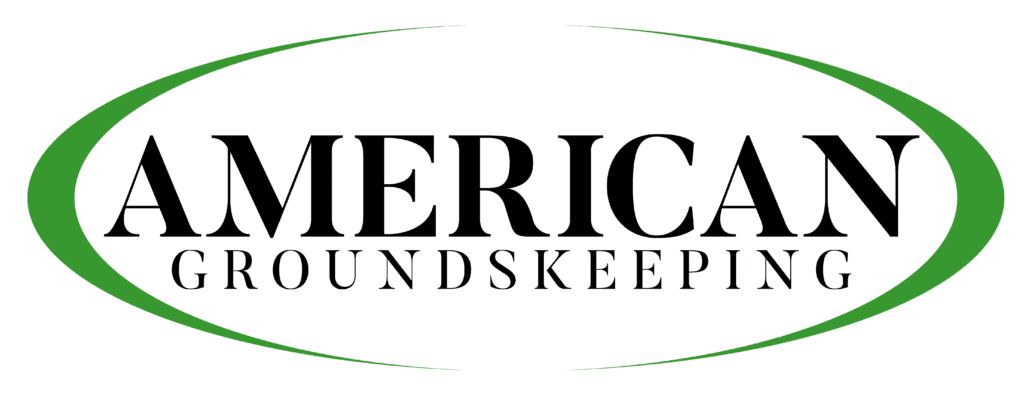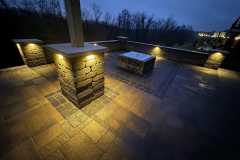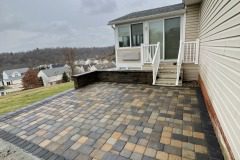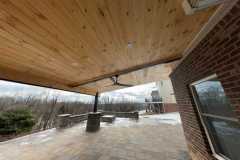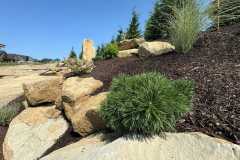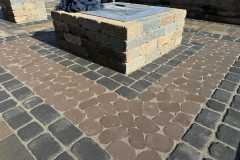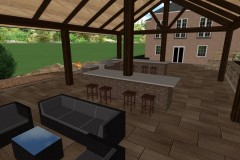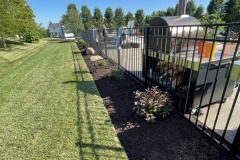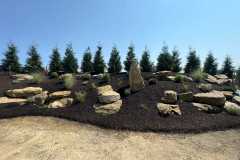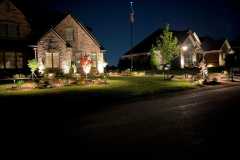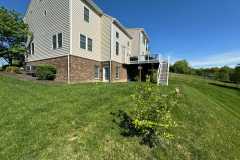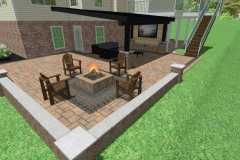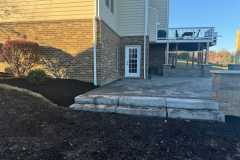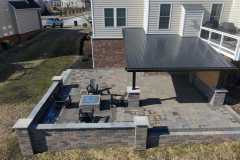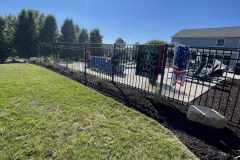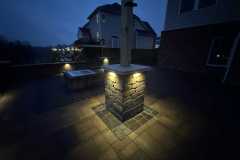As we look towards the future of landscape and hardscaping, one thing is becoming increasingly clear: sustainability and innovation will be key. In order to create outdoor spaces that not only look beautiful but also function in an eco-friendly way, new techniques and technologies are emerging that are changing the game.
One of the most exciting advances in this field is the integration of artificial intelligence (AI) into landscape and hardscape design. With the use of AI, designers and contractors can create outdoor spaces that are not only aesthetically pleasing but also sustainable, efficient, and functional.
AI in Hardscaping
Hardscaping is an important aspect of outdoor design, and the use of AI is revolutionizing the way we approach it. With AI, designers can create 3D models of hardscaping projects, allowing them to visualize the final product and make adjustments before construction even begins.
Additionally, AI can help optimize the placement of hardscaping features such as retaining walls and patios, taking into account factors such as soil stability, water runoff, and sun exposure. This not only ensures a more sustainable and long-lasting end result but can also save time and money during the construction process.

AI in Landscaping
In addition to hardscaping, AI is also making waves in the field of landscaping. With the use of sensors and data analytics, AI can optimize irrigation and fertilization schedules, ensuring that plants receive the right amount of water and nutrients at the right time. This not only promotes healthy growth but also reduces water waste and environmental impact.
Furthermore, AI can be used to predict plant growth patterns and identify potential problems before they occur, allowing for proactive maintenance and ensuring that outdoor spaces remain healthy and vibrant year-round.
Sustainability in Landscape and Hardscape Design
Of course, AI is just one part of the larger movement towards sustainable landscape and hardscape design. Other innovative techniques include the use of permeable paving materials, which allow rainwater to penetrate the ground and replenish groundwater supplies, and the incorporation of native plants that require less water and maintenance.
Additionally, designers are increasingly looking to incorporate recycled materials into their hardscaping projects, such as reclaimed wood or recycled glass in countertops and pathways. This not only reduces waste but also adds a unique, eco-friendly element to outdoor spaces.
The Future of Landscape and Hardscaping in Pittsburgh
As a city that is home to many beautiful outdoor spaces, Pittsburgh is at the forefront of the sustainable and innovative landscape and hardscape design movement. Local designers and contractors are embracing AI and other innovative techniques to create outdoor spaces that are not only visually stunning but also function in an eco-friendly way.
At American Groundskeeping, we are committed to staying up-to-date with the latest advances in landscape and hardscape design, including the use of AI. By learning to incorporating these techniques into our projects, we are able to create outdoor spaces that are not only beautiful but also sustainable and efficient.
In conclusion, the future of landscape and hardscaping is bright, with new technologies and techniques emerging that are changing the game. From the use of AI in design to the incorporation of sustainable materials, outdoor spaces are becoming more eco-friendly and efficient than ever before. And in Pittsburgh, we are leading the way.
